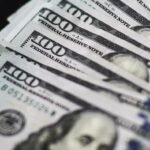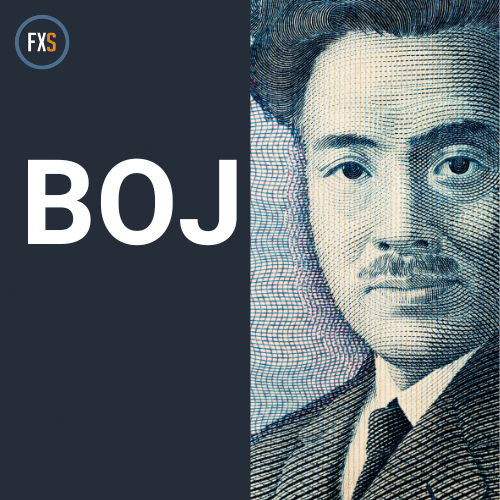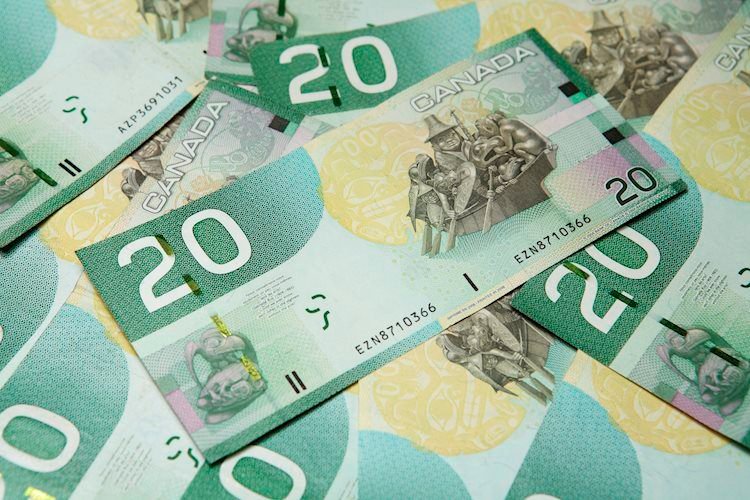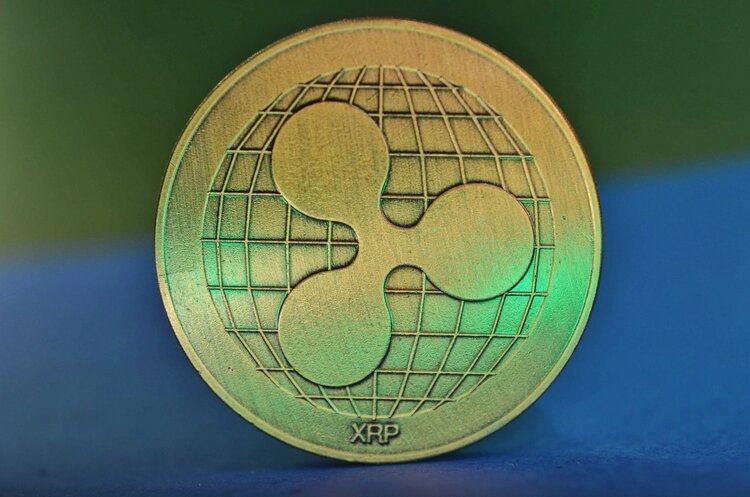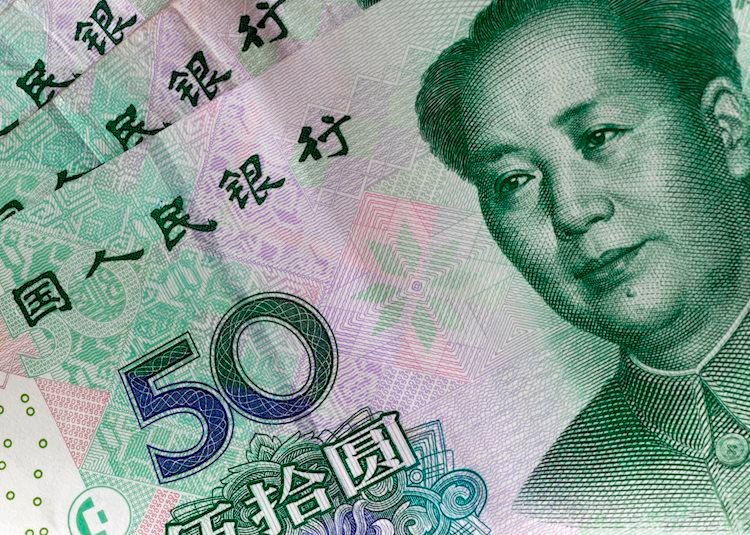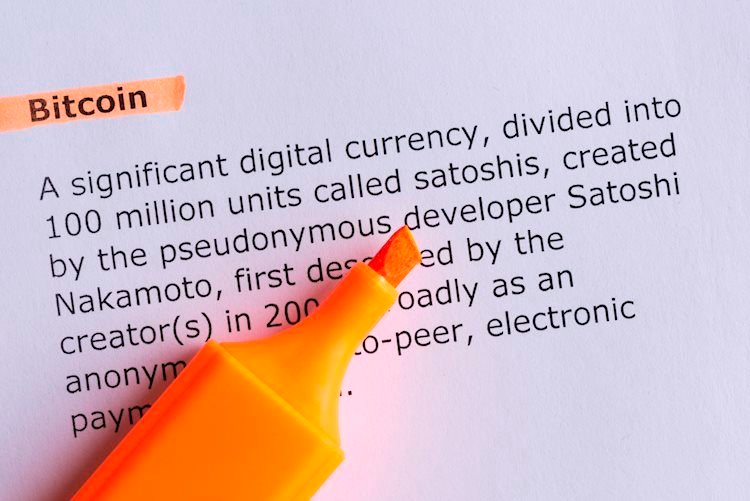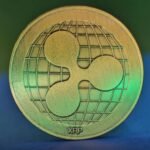- The Bank of Japan is set to hold interest rates after its first hike since 2007 in March.
- The focus will be on BoJ’s updated forecasts and Governor Kazuo Ueda’s press conference.
- The volatility around the Japanese Yen could spike on the BoJ policy announcements.
The Bank of Japan (BoJ) is set to leave its short-term rate target unchanged in the range between 0% and 0.1% on Friday, following the conclusion of its two-day monetary policy review meeting for April. The BoJ will announce its decision on Friday at around 3:00 GMT.
The BoJ hiked the interest rate for the first time in 17 years in March, lifting Japan out of the negative interest rate policy (NIRP) for the first time since 2016.
What to expect from the BoJ interest rate decision?
With a steady policy widely expected, the markets’ attention will remain on the BoJ’s quarterly inflation and growth forecasts and the probable changes in the policy statement for fresh hints on the timing of the Bank’s next rate increase.
Markets are expecting the BoJ to hike rates again this year, with odds split between the chance of a lift-off in July, or sometime in the October-December quarter, according to Reuters.
Kyodo News Agency reported on Friday, citing sources familiar with the BoJ thinking, that the Japanese central bank is mulling an upward revision to its inflation outlook for fiscal year 2024 from the current 2.4%. The bank is also seen raising its forecast for fiscal year 2025 from 1.8% to around 2.0% while forecasting Japan’s core inflation to be around 2% in fiscal 2026, the sources added.
These expectations hold even as Japan’s core Consumer Price Index (CPI) – a measure excluding fresh food and energy costs closely watched by the BoJ – moderated to 2.9% in March after increasing 3.2% in February. It was the first time since November 2022 that core inflation fell below 3%.
Easing price pressures in Japan fail to deter the BoJ’s path forward on interest rates, as the recent depreciation of the Japanese Yen (JPY) is likely to significantly push up inflation. Further, the BoJ focus remains on the potential increases in the services inflation and wages to determine the appropriate time for the next rate hike.
Japanese firms offered their biggest wage hikes in 33 years this year but the inflation-adjusted real wages have continued to decline for nearly two years.
When asked about the possibility of further rate hikes this year, in an interview with the Asahi newspaper earlier this month, BoJ Governor Kazuo Ueda said that “it’s dependent on data.” “We’ll adjust interest rates according to the distance towards sustainably and stably hitting 2% inflation”, Ueda added.
On Tuesday, Governor Ueda said that the BoJ will raise rates again if trend inflation accelerates toward its 2% target as expected. Japan’s Weighted Median Inflation Index, a key measure of the country’s trend inflation, rose at its slowest pace in 11 months to 1.3% in March, the latest data published by the Bank of Japan (BoJ) showed on Tuesday.
Governor Ueda’s remarks imply that the central bank is shifting to a more discretionary approach in setting policy. The BoJ could remain on track to deliver another rate hike this year as it gathers more confidence that Japan will sustainably achieve its 2% price target. Therefore, the country’s trend inflation, wage growth and consumption data will hold more importance than the central bank’s quarterly inflation projections in determining the Bank’s future interest rate decisions.
Analysts at BBH preview the BoJ policy announcements, noting that “we are sticking to our view that the BoJ tightening cycle will remain very modest. The market agrees and is pricing in only 20 bp of tightening in 2024 and 50 bp over the next two years. Such a modest cycle would likely keep upward pressure on USD/JPY.”
“Updated macro forecasts will be released. Reports emerged suggesting the BoJ may raise its inflation forecast for FY2024 from 2.4% currently at this meeting. However, March CPI data last week came in lower than expected and suggests falling price pressures, so the revision is likely to be minor,” the analysts explained.
How could the Bank of Japan interest rate decision affect USD/JPY?
If the BoJ policy statement delivers a hawkish tone, indicating that the next rate hike could be as early as July, the Japanese Yen is likely to see a fresh upswing against the US Dollar (USD). The USD/JPY pair would then initiate a corrective downtrend toward the 150.00 level.
On the other hand, if the central bank suggests that they would cautiously monitor the likelihood of achieving 2% trend inflation to gauge the next rate increase, it could be read as dovish. In such a case, the Japanese Yen could crash to a new 34-year low against the US Dollar.
It’s worth noting that the Japanese Yen tends to weaken on BoJ decision days. It has done so for eight straight and nine of the past ten meetings, per BBH Analysts.
From a technical perspective, Dhwani, Senior Analyst at FXStreet, notes: “Amid extremely overbought Relative Strength Index (RSI) conditions on the daily chart, a USD/JPY correction seems long overdue. Should a hawkish BoJ guidance spark a Japanese Yen rally, the pair will pull back sharply toward the 21-day Simple Moving Average (SMA) at 153.19. Ahead of that level, the April 23 low of 154.55 could challenge bearish commitments. If the corrective decline gains traction, USD/JPY could accelerate toward the 50-day SMA at 151.28.”
“On the flip side, the relentless vertical rise could extend toward 156.50, with buyers aiming for the 160.00 level predicted by a senior Liberal Democratic Party official to be a probable intervention point for the Japanese authorities,” Dhwani adds.
Central banks FAQs
Central Banks have a key mandate which is making sure that there is price stability in a country or region. Economies are constantly facing inflation or deflation when prices for certain goods and services are fluctuating. Constant rising prices for the same goods means inflation, constant lowered prices for the same goods means deflation. It is the task of the central bank to keep the demand in line by tweaking its policy rate. For the biggest central banks like the US Federal Reserve (Fed), the European Central Bank (ECB) or the Bank of England (BoE), the mandate is to keep inflation close to 2%.
A central bank has one important tool at its disposal to get inflation higher or lower, and that is by tweaking its benchmark policy rate, commonly known as interest rate. On pre-communicated moments, the central bank will issue a statement with its policy rate and provide additional reasoning on why it is either remaining or changing (cutting or hiking) it. Local banks will adjust their savings and lending rates accordingly, which in turn will make it either harder or easier for people to earn on their savings or for companies to take out loans and make investments in their businesses. When the central bank hikes interest rates substantially, this is called monetary tightening. When it is cutting its benchmark rate, it is called monetary easing.
A central bank is often politically independent. Members of the central bank policy board are passing through a series of panels and hearings before being appointed to a policy board seat. Each member in that board often has a certain conviction on how the central bank should control inflation and the subsequent monetary policy. Members that want a very loose monetary policy, with low rates and cheap lending, to boost the economy substantially while being content to see inflation slightly above 2%, are called ‘doves’. Members that rather want to see higher rates to reward savings and want to keep a lit on inflation at all time are called ‘hawks’ and will not rest until inflation is at or just below 2%.
Normally, there is a chairman or president who leads each meeting, needs to create a consensus between the hawks or doves and has his or her final say when it would come down to a vote split to avoid a 50-50 tie on whether the current policy should be adjusted. The chairman will deliver speeches which often can be followed live, where the current monetary stance and outlook is being communicated. A central bank will try to push forward its monetary policy without triggering violent swings in rates, equities, or its currency. All members of the central bank will channel their stance toward the markets in advance of a policy meeting event. A few days before a policy meeting takes place until the new policy has been communicated, members are forbidden to talk publicly. This is called the blackout period.






